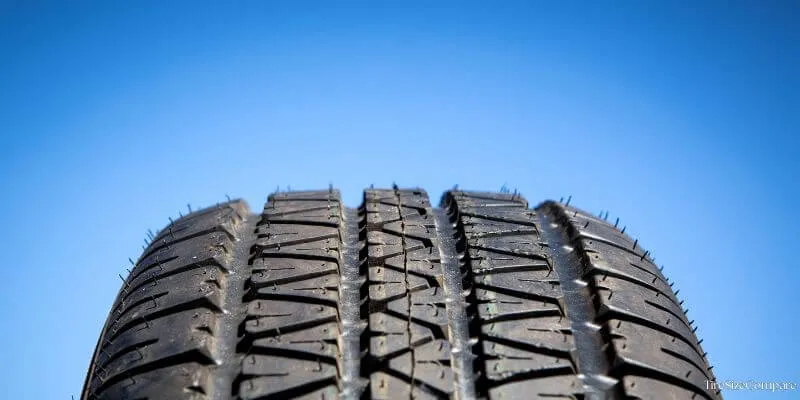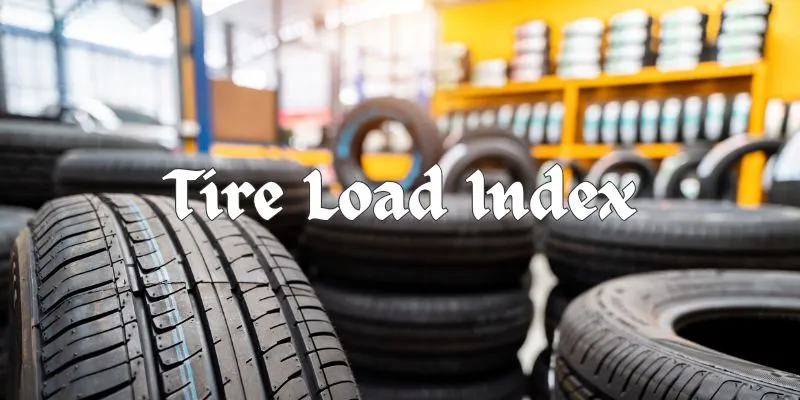Treadwear Rating Explained

Have you ever wondered what those numbers on your tire sidewall mean? One of them is the treadwear rating, which tells you how long your tires should last compared to others. The higher the number, the longer the tire should last. It’s a helpful tool when shopping for new tires.
Understanding the Treadwear Rating
The treadwear rating is a number that ranges from 60 to 620. It’s based on a test conducted by the tire manufacturer, where they compare their tire to a standard “control tire” with a rating of 100. For example, if a tire has a treadwear rating of 400, it should last four times longer than the control tire.
However, it’s important to note that these ratings are not standardized across brands. A rating of 400 from one manufacturer may not be the same as a 400 from another. That’s why it’s best to compare treadwear ratings within the same brand.

Factors That Affect Tire Wear
While the treadwear rating is a good starting point, it’s not the only factor that determines how long your tires will last. Other things that can impact tire wear include:
- Driving habits: If you frequently speed, brake hard, or take corners aggressively, your tires will wear out faster.
- Road conditions: Rough, pothole-filled roads can cause more wear on your tires than smooth highways.
- Climate: Extreme heat or cold can also affect tire wear.
- Maintenance: Proper tire inflation, rotation, and alignment can help your tires last longer.
Choosing the Right Tires
When it’s time to buy new tires, the treadwear rating can help you narrow down your options. But it’s not the only thing to consider. You’ll also want to think about factors like price, performance, and weather conditions.
For example, if you live in an area with frequent rain or snow, you may want to prioritize tires with good traction over those with a high treadwear rating. Or if you have a high-performance car, you may be willing to sacrifice some tread life for better handling and responsiveness.
Maximizing Tire Life
No matter what tires you choose, there are steps you can take to help them last as long as possible:
- Check your tire pressure regularly and keep them inflated to the recommended level.
- Rotate your tires every 5,000 to 8,000 miles to ensure even wear.
- Get a wheel alignment if you notice your car pulling to one side or your steering wheel vibrating.
- Avoid heavy loads and high speeds, which can cause more wear on your tires.
By understanding what the treadwear rating means and taking good care of your tires, you can get the most out of your investment and stay safe on the road.

Misconceptions About Treadwear Ratings
One common misconception is that a higher treadwear rating always means a better tire. While it might last longer, it doesn’t necessarily perform better in all conditions.
For instance, tires with high treadwear ratings may have harder rubber compounds, which can reduce grip, especially in wet conditions. It’s essential to consider the balance between longevity and performance based on your driving needs.
Treadwear Warranty
Many tire manufacturers offer treadwear warranties, which guarantee the tire will last for a certain number of miles.
If a tire with a treadwear warranty wears out before the guaranteed mileage, you might be eligible for a pro-rated discount on a new tire. This warranty can provide extra peace of mind when purchasing tires.
Does a Higher Treadwear Rating Mean a Tire is Better?
Not necessarily. A higher rating means the tire should last longer, but it doesn’t account for other factors like traction and handling.
How Do I Find the Treadwear Rating on My Tire?
Look for the UTQG rating on the sidewall of your tire. The treadwear rating is part of this information.
Can Driving Habits Affect the Treadwear Rating?
Yes, aggressive driving, frequent braking, and high-speed driving can all reduce the lifespan of a tire, regardless of its treadwear rating.
Are Treadwear Ratings the Same Across All Brands?
While the UTQG system is standardized, some variability exists between manufacturers. It’s a good idea to compare ratings within the same brand.
Is a Tire With a Low Treadwear Rating Bad?
Not necessarily. High-performance tires often have lower treadwear ratings because they are designed for grip and handling rather than longevity.
Conclusion
The treadwear rating is a useful tool for comparing the expected lifespan of different tires, but it’s not the only factor to consider when making a purchase.
By understanding what the rating means and how it’s calculated, you can make a more informed decision and choose the right tires for your needs.
Remember to also take into account factors like price, performance, and weather conditions, and practice good tire maintenance to help your tires last as long as possible.



